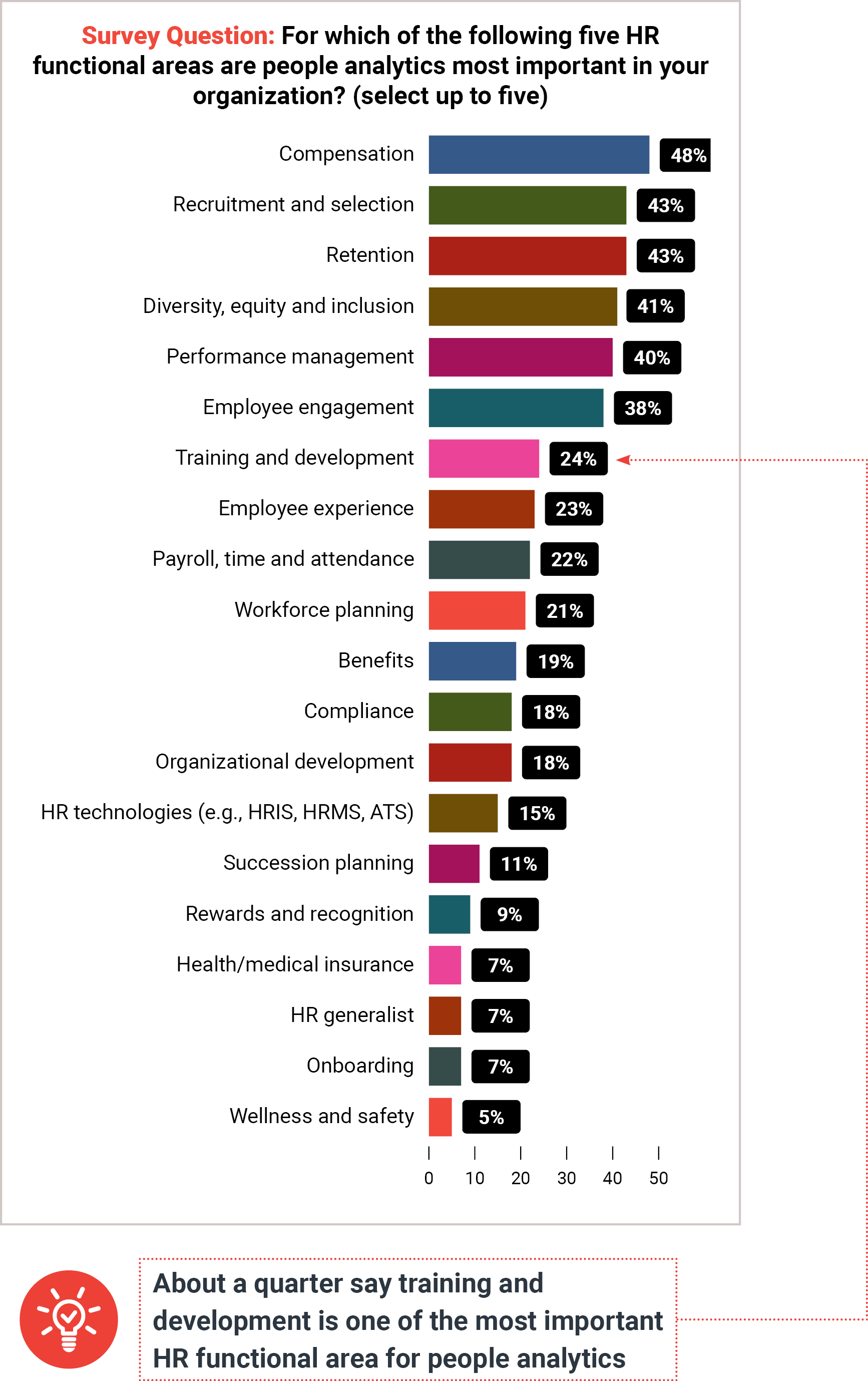The State of People Analytics 2022-23
Posted on 10-27-2022, Read Time: 5 Min
Share:

People analytics are a “must-have” for organizations today, yet many struggle with using them effectively. It can be hard to collect data, clean it and draw insights from it. It’s even harder when there’s a need to integrate data among multiple systems.
To better understand what is and isn’t working and what is needed for successful HR analytics in the future, HR.com conducted an exclusive research study that focused on:
● Today’s organizations’ capabilities for generating and understanding people analytics data
● How successful they are at leveraging HR data and metrics to take action and make positive changes
● The types of HR analytics used
● Difficulties associated with people analytics processes
● What best practices may lead to people analytics success
Key Findings
1. While some organizations have improved their HR analytics capabilities over the past two years, there is still much work to be done.2. Organizations mostly rely on descriptive people analytics rather than on the more sophisticated predictive and prescriptive analytics.
3. Data governance and integration are the most difficult elements of measuring and tracking HR data.
4. Three practices are especially useful for improving people analytics in their organization.
5. HR professionals use both old and new methods of distributing and presenting analytics.
HR Still Needs to Improve Its People Analytics Abilities
Just 16% of respondents say their organization is very good at generating and gathering people analytics, and even fewer (13%) say the same about understanding and evaluating these analytics.
About one-third (32%) say people analytics is very effective at generating important insights for HR leadership and a further 38% say they are somewhat effective at this. A majority also say they are very (25%) or somewhat (45%) effective at providing these important insights to top leadership.
HR Uses People Analytics More Avidly in Some Areas Than Others
Just two-fifths of organizations always use predictive HR analytics.We asked HR professionals to select the five HR functional areas in which people analytics are most important. While no response was selected by a majority, the most commonly cited HR functional area is compensation (48%). Recruitment and selection (43%), retention (43%) and diversity, equity and inclusion or DEI (41%) follow close behind.

What Leads to Successful People Analytics?
The most commonly cited method for improving analytics in HR is the consistent and regular collection of data (50%). In other words, focusing on the fundamentals, and getting that right, appears to be a necessary first step. The second most widely cited useful practice is turning data into insights (44%). That is, understanding what this data means and what to do with it to make a positive change.Who Is Responsible for HR Analytics?
HR as a whole is most commonly seen as being primarily responsible for managing people analytics (33%). Just under a fifth say that the Head of People Analytics (or similar) has the primary responsibility (18%). Further, of these respondents, 68% also go on to say that the Head of People Analytics most commonly reports to the Chief People Officer/CHRO.
.
Error: No such template "/CustomCode/topleader/category"!


